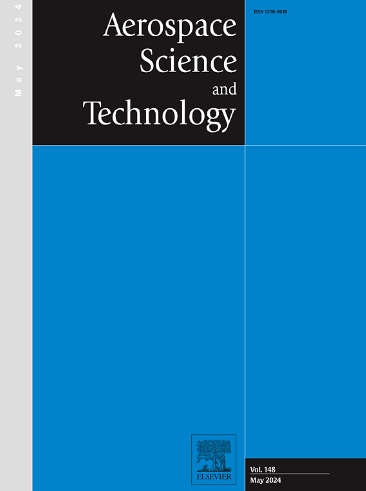人类火星着陆任务的自主数值预测器-校正器制导
IF 5
1区 工程技术
Q1 ENGINEERING, AEROSPACE
引用次数: 0
摘要
采用线性倾角参数化的数值预测器-校正器制导方法已被广泛应用于各种大气层进入制导问题。然而,人们发现线性倾角方法在满足特定类型大气层进入任务的最终状态要求方面存在局限性。为此,本文提出了一种基于对数函数的新型倾角参数化方法,它能提高能量保存能力,并增加进入阶段结束时的潜在最终高度。本文还提出了确定制导法激活点的准则,以获得更好的进入性能。数值模拟表明,拟议的制导方案优于线性倾斜剖面方法,适用于未来的人类火星着陆任务。本文章由计算机程序翻译,如有差异,请以英文原文为准。
Autonomous numerical predictor-corrector guidance for human Mars landing missions
The numerical predictor-corrector guidance method with a linear bank angle parameterization has been widely applied to various atmospheric entry guidance problems. However, it has been found that the linear bank angle approach has limitations in satisfying the final state requirement of a specific type of atmospheric entry mission. In response, this paper proposes a novel bank angle parameterization based on a logistic function, which improves the energy preservation capability and increases the potential final altitude at the end of the entry phase. The paper also suggests a guideline to determine a guidance law activation point for better entry performance. Numerical simulations demonstrate that the proposed guidance scheme outperforms the linear bank profile approach and is suitable for future human Mars landing missions.
求助全文
通过发布文献求助,成功后即可免费获取论文全文。
去求助
来源期刊

Aerospace Science and Technology
工程技术-工程:宇航
CiteScore
10.30
自引率
28.60%
发文量
654
审稿时长
54 days
期刊介绍:
Aerospace Science and Technology publishes articles of outstanding scientific quality. Each article is reviewed by two referees. The journal welcomes papers from a wide range of countries. This journal publishes original papers, review articles and short communications related to all fields of aerospace research, fundamental and applied, potential applications of which are clearly related to:
• The design and the manufacture of aircraft, helicopters, missiles, launchers and satellites
• The control of their environment
• The study of various systems they are involved in, as supports or as targets.
Authors are invited to submit papers on new advances in the following topics to aerospace applications:
• Fluid dynamics
• Energetics and propulsion
• Materials and structures
• Flight mechanics
• Navigation, guidance and control
• Acoustics
• Optics
• Electromagnetism and radar
• Signal and image processing
• Information processing
• Data fusion
• Decision aid
• Human behaviour
• Robotics and intelligent systems
• Complex system engineering.
Etc.
 求助内容:
求助内容: 应助结果提醒方式:
应助结果提醒方式:


